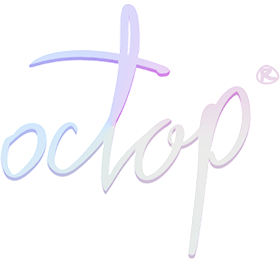Business Goals
- Redesign a popular deal-finding app as a universal binary for iOS and Android, optimized for phones and tablets.
- Craft an experience that accommodates diverse online shopping behaviors
- Develop a sleek, modern visual language to convey concepts clearly
- Boost Monthly Active Users and strengthen user base value
- Expand and enhance company marketing efforts
Although this was a splash screen that animated left to right, a modified version also used for trade-show booth backdrops.
Progression from first release of the redesigned experience and rigid 'dashboard' structure of content to a less user-centric experience with variable content. Between the first version (left) to the last (right) user base has grown 60x in loyal user base (returning consistent users).
When iOS7 launched, it forced apps to evolve or look
outdated. This deal-finding app, originally designed
for large-screen product discovery, had to transform
into a seamless cross-platform experience for its
10 Million monthly search strong audience.
Supporting iOS5 onward and every Android device
posed a challenge, but the goal was clear: consistency
without compromise.
Early beta testers—loyal fashion trendsetters—gave insight
into user behavior. But onboarding was a hurdle:
requiring users to manually select preferred stores
caused a 46% drop-off. To fix this we pre-populated feeds,
letting users personalize naturally over time.
We also discovered users didn’t just want to
search—they wanted to browse. A dashboard overhaul
introduced a continuous scrolling feed, doubling
traffic in two months, tripling it in three.
Meanwhile, mobile overtook desktop for the first
time on Thanksgiving 2014, with retailers seeing
two-thirds of revenue from mobile.
The Android build lagged 3-4 months behind iOS,
but Apple gave us a boost—
featuring the app 17 times and
driving over 2 million installs.
It consistently ranked top 10 in Shopping.
Data guided every iteration. Interstitial tutorials caused
a 50% drop-off. Simplifying to toggle-based navigation
resolved any user confusion. Over time, mobile became main venue for shopping
Eventually, Facebook acquired the company, absorbing its
algorithms into ad targeting. While the brand remains dormant,
the takeaway is clear: users don’t want to think, they
want to shop. Guide them seamlessly, and they will.

